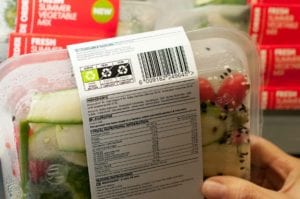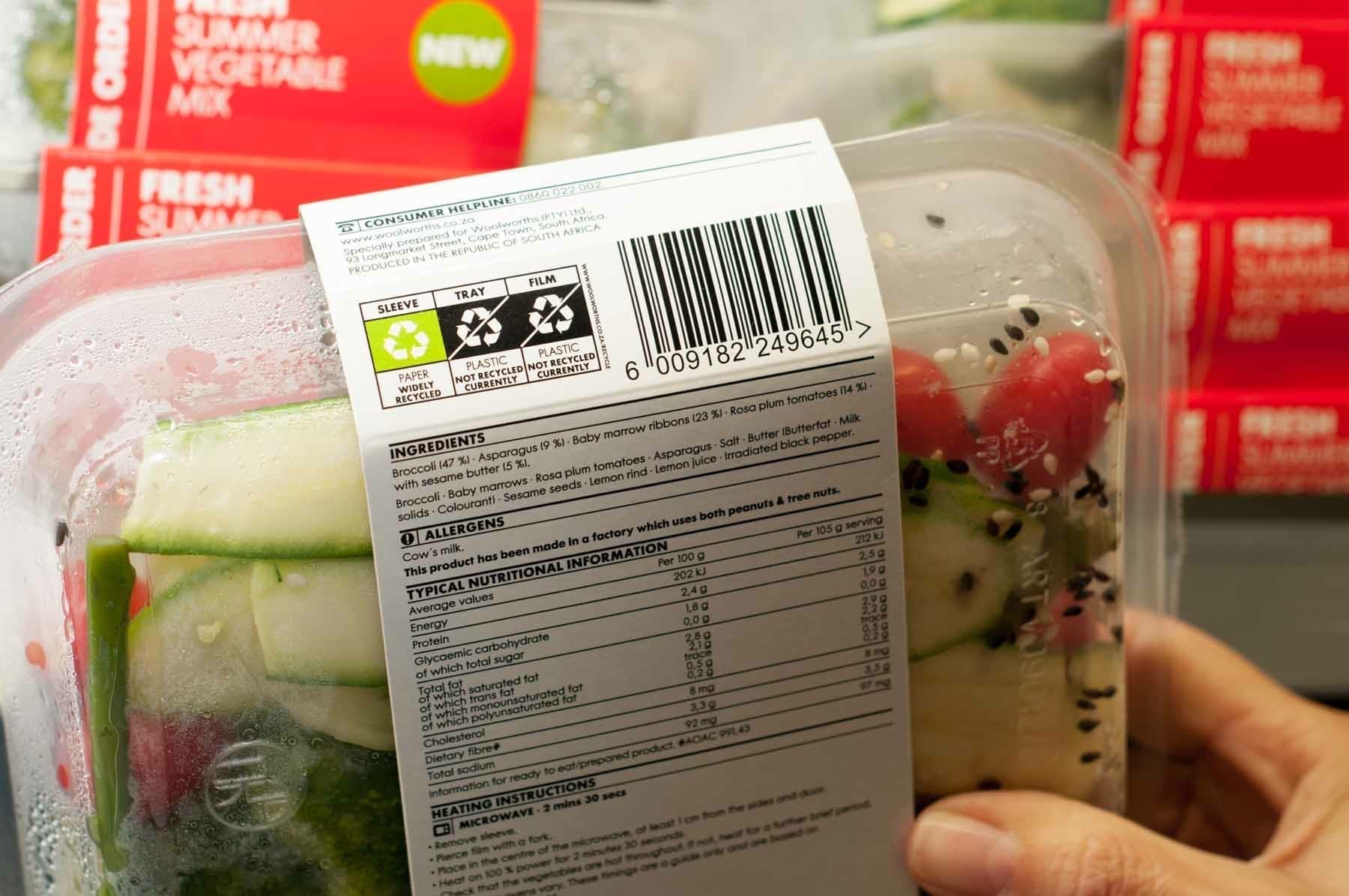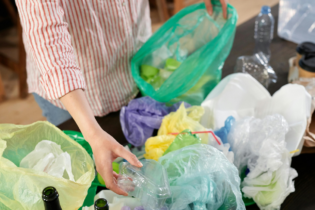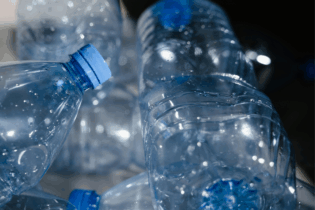Smith explained that these polymer identification codes helped people sorting the recycling to separate it more easily.
Smith acknowledged that packaging is a large issue. “Packaging can be a really complicated system, and we know our customers are at the end of the day left with packaging and its one of the most immediate environmental issues,” he said. Woolworths said it has now standardised the recycling information on the labels of packaging to avoid confusion. Smith noted that while recycling is very important, so is durable packaging as it has to sustain the shelf life and transportation of the product from the factory to the store and then to a customer’s home. Charles Miller, executive director at Packaging SA weighed in on the labelling concerns and advised that all plastic products should have the recycling symbol, a polymer number inside the symbol, and the name of the polymer on the product. He added that this would help the collection and recycling process and that all plastics should be recycled by consumers.
Plastics recyclers can learn a lot from consumer concerns facing retailer Woolworths. Radio 702 CapeTalk’s John Maytham recently received a complaint from a Newlands resident who had concerns about the recycling information on Woolworths’ grocery packaging.
Justin Smith, the head of sustainable development for Woolworths addressed these concerns which were about the recycling codes printed on the labels.
Recyclable items are generally indicated by a recycling label which consists of three arrows in a triangular shape. As products became more advanced, numbers were placed inside the triangle to indicate different types of resin plastic that the packaging was made from.
This is known as the Resin Identification Code (RIC) system which became a universal standard in 1988 after it was introduced by the Society of the Plastics Industry.
Smith explained that Woolworths had now moved away from using the polymer numbers (one to seven) on its packaging as this has caused confusion for customers who intend recycling the packaging. In the case of John, a resident from Newlands in Cape Town, he was under the assumption that the number indicated ‘how recyclable a product was’.









